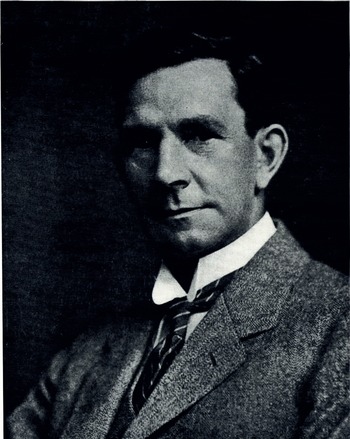
The death of Sir George Simpson at the beginning of January, at the age of 86, will be mourned by scientists throughout the world who have reason to recall the great contributions that he made in his long career. He had been a member of the Glaciological Society for many years. A graduate of Manchester, Simpson acquired his interest in meteorology in those early years of this century when Schuster was initiating upper-air observations from Glossop. He was then appointed to the Indian Meteorological Service and was given leave to serve from 1911 to 1913 as meteorologist with Scott’s Antarctic expedition. The volumes in which his findings were digested (Reference Simpson1919–23) remain as an outstanding example of the accomplishment of an able physicist, who, with the help of his lively colleagues, notably the late Griffith Taylor, set up his instrumental programme and carried out an astonishingly full series of meteorological observations. With the aid of two, sometimes three, reports, including those kept by Amundsen, he drew his weather maps. With twelve balloon ascents and the Erebus smoke, he developed theories of the atmospheric circulation over the whole Antarctic, and his active mind took up the major problem of the maintenance of the continental ice sheet.
When Simpson returned to England to become Director of the Meteorological Office in 1922, he was faced with the problems of expansion to fit the growing requirements of air transport, but he found time and energy as Director to contribute fundamental studies of the earth’s radiation balance. This led him to the great paper (Reference Simpson1934) by which he will best be known to glaciologists. In this work, with elegant deductive logic and clarity of expression, he developed as a physicist the theory of the growth of the Pleistocene ice sheets as a consequence of an increase in solar radiation, the sun behaving as a variable star. This started much controversy, and the conflict between the field evidence provided by geologists, and the logic of the physicist, cannot yet be said to be everywhere resolved.
As a physicist Simpson maintained his early interest in the electricity of thunderstorms, and during the 1939–45 war he returned to active duty at Kew Observatory. In retirement, although much hampered by deafness, he retained his liveliness of mind to which his remarkable paper (Reference Simpson1957) extending and developing in some measure the conclusions he had reached in 1934 with regard to ice ages, gives testimony.
A glaciologist eager to seek for causes will for long continue to admire the contribution that Simpson made and the manner of its making, however much the new knowledge that has been gained requires us further to revise our ideas.




